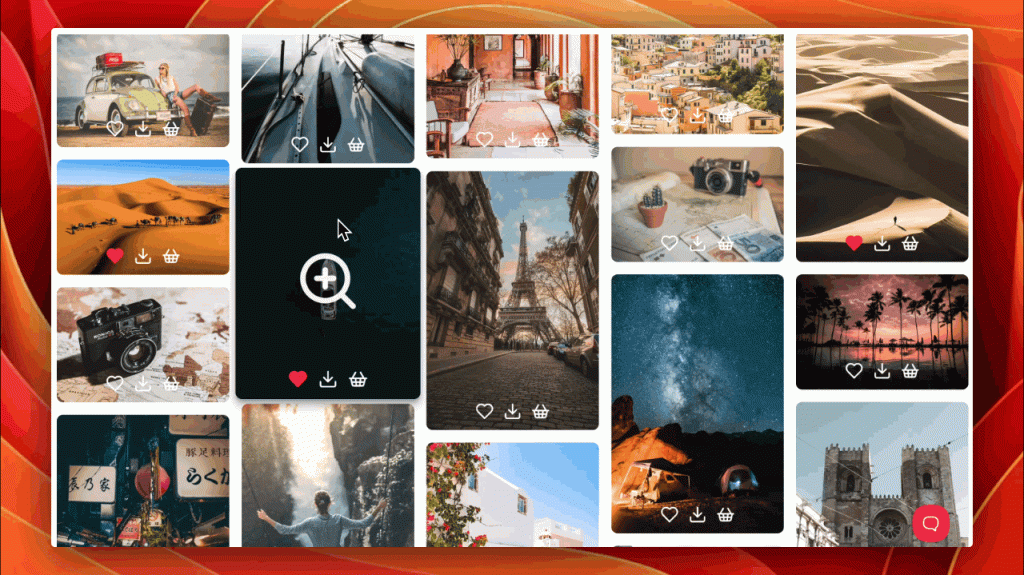
Images are at the heart of most websites, yet the basic gallery tools built into WordPress can feel restrictive. A dedicated WordPress gallery plugin opens up a world of design and optimisation possibilities.
Why Use a WordPress Gallery Plugin?
A WordPress gallery plugin like ShutterPress lets you organise and display images in a way that suits your content. Instead of inserting pictures one after another, you can present them in grids, justified or masonry layouts with lightboxes and hover animations . This not only improves aesthetics but also saves space and encourages visitors to browse more of your work.
Beyond looks, WordPress gallery plugins can:
- Handle large collections – upload multiple photos at once, rearrange them easily and create unlimited galleries or albums.
- Enhance user experience – responsive designs adapt galleries to every screen size , improving engagement and reducing bounce rates.
- Improve workflows – drag and drop builders and live previews make gallery creation fast and intuitive.
- Protect your work – features such as watermarking, password protection and disabled right‑clicks help deter image theft.
- Sell or share – integration with woocommerce and social media allows you to sell prints or let visitors share images directly.
Key Features to Look For
Every website is different, but certain features are valuable for most photographers and creatives. When choosing a WordPress gallery plugin, consider:
- Layout options – flexible plugins offer multiple layouts (grid, masonry, carousel, slider, justified, tiled) to match your style.
- Lightboxes and image previews – allow users to click an image to view it full‑size without leaving the page.
- Performance features – lazy loading and image compression delay loading off‑screen images, improving page speed and user experience.
- Responsive design – galleries should adapt seamlessly to mobile devices to satisfy visitors and search engines.
- Metadata support – the ability to import and edit image metadata (alt text, titles, descriptions) improves search visibility.
- Integration with other plugins – compatibility with SEO tools, page builders and e‑commerce platforms ensures that galleries work with the rest of your site.
SEO Considerations for Galleries
Search engine optimisation is crucial for photographers and visual artists. Poorly optimised galleries can slow your site and harm rankings, whereas well configured galleries can help search engines understand and index your content.
- Page speed matters – large images can slow down pages. Use compression tools and enable lazy loading so that images load only when they appear on screen. Fast galleries improve user experience and reduce bounce rates.
- Image metadata – alt text, titles and descriptions give search engines context and help your images appear in search results. Choose a plugin that makes it easy to add and edit this metadata.
By following these practices, you ensure that your galleries look great and perform well, making them a genuine asset rather than a liability.
Final Thoughts
A well‑chosen WordPress gallery plugin can transform how you present and manage images.
Look for a tool that offers flexible layouts, ease of use, performance optimisation, metadata management and responsive design. While the built in WordPress gallery is adequate for simple image grids, a dedicated plugin gives you advanced control and can make a noticeable difference to your site’s speed, search rankings and user engagement.
Before committing to a plugin, consider your specific needs such as e‑commerce integration or advanced editing, and test free versions when possible. A thoughtfully implemented gallery will showcase your work beautifully, improve your site’s professionalism and help visitors enjoy every image.











